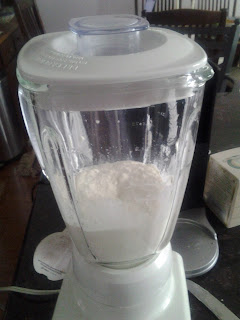Born on 3 January 1888, in Rising Sun, Maryland
Major General Norman T. Kirk, saw 4 wars and every battlefield of his country's involvement from 1912 until 1947. There was nothing military or medical in General Kirk’s background to indicate what he was to become. He came from a family of farmers. He attended the Tome School then went straight to the University of Maryland Medical School.
He was appointed Surgeon General, United States Army, on 1 June 1943. Under his guidance as Surgeon General, the U.S. Army in World War II achieved a record of recovery from wounds and freedom from disease
never before accomplished in history.
Along the way he garnered many honors including the United States Legion of Merit and the Distinguished Service Medal, the French Legion of Honor, the Italian Order of the Crown, the Order of the British Empire and the Swedish Order of the Northern Star.
Under his administration the Army death rate from disease which was 165 per 10,000 patients in World War I dropped to 60 per 10,000. His skills as a physician as well as administrator were recognized by President Harry S. Truman when he chose him as his ‘personal physician’ during the Potsdam Conference.
 |
| Kirk's “Amputations, Operative Technique” has gone through several editions and is considered a classic in its field |
Through the Army's preventive medicine program deaths from disease were reduced to 0.6 man per thousand men per year as against 16.5 in World War I. The dysenteries, which once put entire regiments and armies out of action, occurred among less than 90 out of every 1,000 men per year and were readily controlled. During World War I, 38% of the men who contracted meningitis died compared with 4% in this war; and 24% of those who contracted pneumonia died, compared with only six-tenths of 1% in this war.
In 1947 he retired to in Montauk where he worked as a country doctor and treated all the local fishermen for free. He died in 1960 and is memorialized at Kirk Park just west of the village. This oasis of green is owned and maintained by the Montauk Village Association and honors a man who did so much for this community and for his Country. The memorial plaque reads:
“Major General Norman T. Kirk”
“Village Physician, fisherman, friend”


























